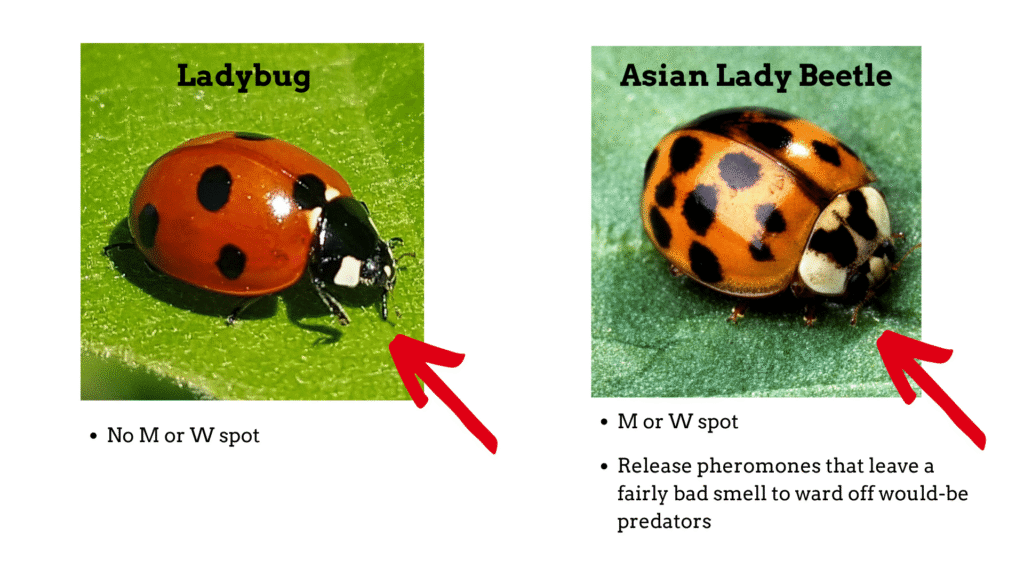
Finding an unexpected number of ladybugs in your room can be a bit unsettling. While these little creatures are generally beneficial, having too many indoors can feel like an invasion. This article will delve into the reasons behind ladybug infestations and provide practical steps to effectively manage them. We’ll explore the telltale signs of an infestation, understand why ladybugs seek refuge in homes, and outline effective prevention and elimination strategies.
Ladybug Infestation Symptoms
Recognizing the symptoms of a ladybug infestation is crucial for taking timely action. A few key indicators include:
- Increased ladybug sightings: A noticeable surge in the number of ladybugs you see around your room, especially clustered in corners or near windows.
- Ladybug trails: Observing small lines or paths of ladybugs moving across surfaces, indicating their search for food or shelter.
- Shedding exoskeletons: Finding discarded ladybug shells on floors or windowsills, a sign of recent molting and population growth.
Why Ladybugs Enter Homes
Ladybugs are drawn to homes for several reasons:
- Warmth and Shelter: During colder months or harsh weather conditions, ladybugs seek out warm, sheltered spaces like attics, basements, and even bedrooms to protect themselves from the elements.
- Light Attraction: Ladybugs are attracted to light sources, so they may congregate near windows, lamps, or other illuminated areas in your home.
- Food Source: Ladybugs feed on aphids and other small insects that often infest homes and gardens. The presence of these pests can attract ladybugs seeking a meal.
How to Prevent Ladybug Entry
Preventing ladybug entry is the most effective way to manage infestations:
- Seal Cracks and Gaps: Inspect your home’s exterior for any cracks, gaps, or openings around windows, doors, vents, and foundation walls. Seal these vulnerabilities with caulk or weather stripping to prevent ladybugs from entering.
- Install Screens: Ensure that all windows and doors have properly fitted screens to keep ladybugs out while allowing fresh air circulation.
- Trim Vegetation: Keep trees and shrubs trimmed away from your home’s exterior to reduce ladybug access points and eliminate potential hiding places.
Eliminating Ladybug Food Sources
Reducing the food supply for ladybugs can discourage them from entering your home:
- Control Aphids: Treat any aphid infestations in your garden or indoor plants promptly using insecticidal soap or neem oil.
- Clean Up Debris: Regularly remove fallen leaves, debris, and clutter from your yard and around your home to eliminate potential ladybug habitats and food sources.
Conclusion
While ladybugs are generally beneficial insects, an infestation in your room can be disruptive. By understanding the reasons behind their entry and implementing effective prevention and elimination strategies, you can effectively manage these tiny invaders and restore peace to your living space. Remember, a combination of sealing entry points, eliminating food sources, and using appropriate control methods will provide the best long-term solution for ladybug infestations.
